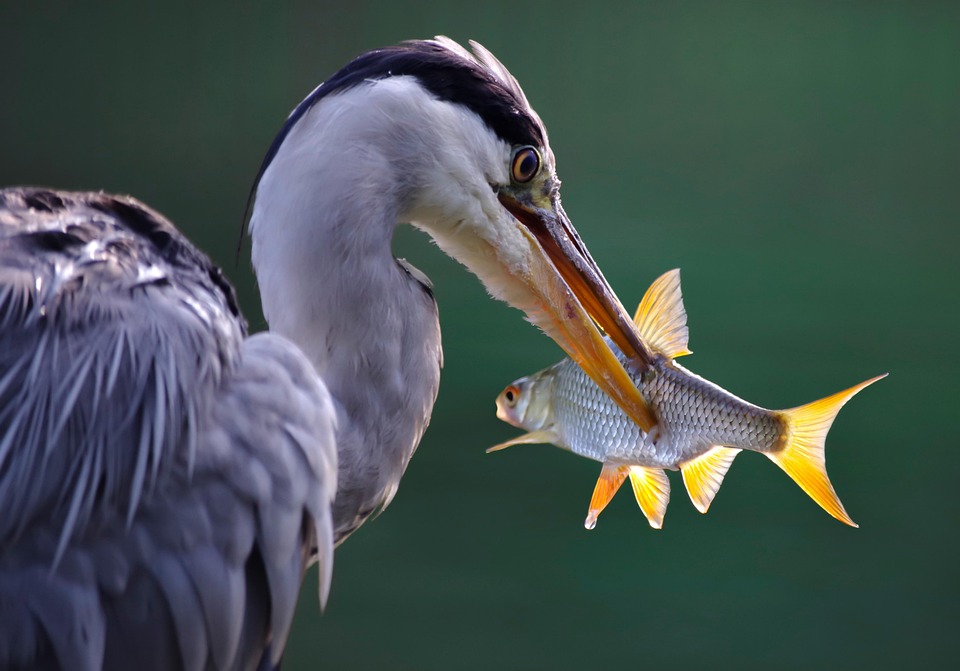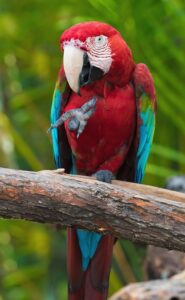
Introduction
Birdwatching enthusiasts and ornithologists alike are often captivated by the elaborate courtship rituals of birds. These behaviors are not just fascinating displays of nature’s creativity but are critical to the survival of species. Avian courtship encompasses a variety of complex behaviors, from intricate dances to melodious songs, all aimed at attracting a mate and ensuring reproductive success. In this article, we will explore the diverse mating behaviors of birds, explaining the evolutionary significance and the different strategies employed by various species.
The Purpose of Avian Courtship
Courtship in birds serves multiple purposes. Primarily, it is a means of attracting a mate and securing reproductive success. However, these behaviors also play a crucial role in ensuring that the offspring are healthy and viable. Through courtship, birds demonstrate their fitness, health, and genetic qualities to potential mates. Successful courtship rituals often lead to the formation of pair bonds that can last for a breeding season or, in some cases, for life.
Types of Avian Courtship Displays
Birds exhibit a wide array of courtship displays that can be categorized into several types. These include visual displays, vocalizations, and courtship feeding. Each type of behavior serves a specific function and varies greatly among species.
Visual Displays
Visual displays are among the most striking courtship behaviors observed in birds. These can include plumage displays, intricate dances, and aerial acrobatics. For example, the peacock is renowned for its extravagant tail display, where it fans out its iridescent tail feathers to attract a mate. Similarly, male birds of paradise perform elaborate dances, showcasing their vibrant plumage and unique physical features.
In the case of species like the Western Grebe, courtship involves synchronized dances on water. These aquatic birds engage in a “rushing” display, where they run across the water’s surface side by side, demonstrating their coordination and compatibility.
Vocalizations
Birdsong is another critical component of avian courtship. Many species rely on vocalizations to attract mates and establish territories. The complexity and range of a bird’s song can be an indicator of its health and genetic fitness. For instance, the nightingale is known for its rich and varied song, which plays a key role in attracting females. Similarly, the male lyrebird is famous for its ability to mimic natural and artificial sounds, showcasing its vocal prowess to potential mates.
In some species, duets are a part of the courtship ritual. Male and female birds sing together, creating complex melodies that strengthen their bond and communicate their partnership to other birds.
Courtship Feeding
Courtship feeding is a behavior where one bird, typically the male, presents food to the female as part of the courtship ritual. This behavior serves as a demonstration of the male’s ability to provide and care for the future offspring. In some species, the male may present gifts such as insects, seeds, or small prey to the female, who assesses the quality and quantity of the offering.
For example, in the case of the European Kingfisher, the male catches a fish and presents it to the female as a courtship gift. This behavior not only showcases the male’s hunting skills but also helps to establish a bond between the pair.
Evolutionary Significance of Courtship Behaviors
The evolution of avian courtship behaviors can be attributed to the pressures of natural and sexual selection. These behaviors have evolved to maximize reproductive success by ensuring that individuals choose mates with the best possible genetic qualities. Visual displays, songs, and courtship feeding all serve as indicators of an individual’s fitness, health, and ability to provide for offspring.
Sexual selection, in particular, plays a significant role in shaping these behaviors. Traits that are attractive to potential mates are often passed down to subsequent generations, leading to the evolution of increasingly elaborate and intricate courtship displays. Over time, these behaviors become more pronounced and specialized, resulting in the diverse array of courtship rituals observed in birds today.
Examples of Unique Courtship Behaviors
The avian world is full of unique and captivating courtship behaviors that highlight the diversity of strategies employed by different species. Below are a few examples of some of the most intriguing courtship rituals observed in birds.
Satin Bowerbird
The male Satin Bowerbird is known for its unique courtship display involving the construction of a bower—a structure made of twigs and decorated with various colorful objects such as flowers, berries, and even human-made items like bottle caps. The male meticulously arranges these objects around the bower to attract a female. The quality and creativity of the bower play a crucial role in the female’s choice of mate.
Albatross
Albatrosses are known for their long-lasting pair bonds and elaborate courtship dances. These dances involve a series of synchronized movements, including bill clacking, head bobbing, and sky-pointing. The courtship dance serves to strengthen the bond between the pair, which is essential for their long-term partnership, as albatrosses often mate for life.
Red-Capped Manakin
The Red-Capped Manakin, a small bird found in Central and South America, is famous for its “moonwalk” courtship dance. The male performs a rapid shuffling step that resembles the iconic dance move, captivating the female with its agility and coordination. This unique behavior is an example of how birds use movement and rhythm to attract mates.
Conclusion
Avian courtship behaviors are a testament to the incredible diversity and adaptability of birds. These behaviors are not only fascinating to observe but are also critical to the survival and success of species. From elaborate dances and beautiful songs to intricate bowers and thoughtful gifts, birds employ a wide range of strategies to attract mates and ensure the continuation of their lineage.
Understanding these behaviors provides valuable insights into the evolutionary processes that shape the natural world. As we continue to study and appreciate the complexity of avian courtship, we gain a deeper appreciation for the wonders of nature and the intricate relationships that exist within the animal kingdom.
In the end, bird mating behaviors are a reminder of the lengths to which nature will go to ensure the propagation of life, and they offer a glimpse into the beauty and intricacy of the natural world.
#ChatGPT assisted in the creation of this article.








